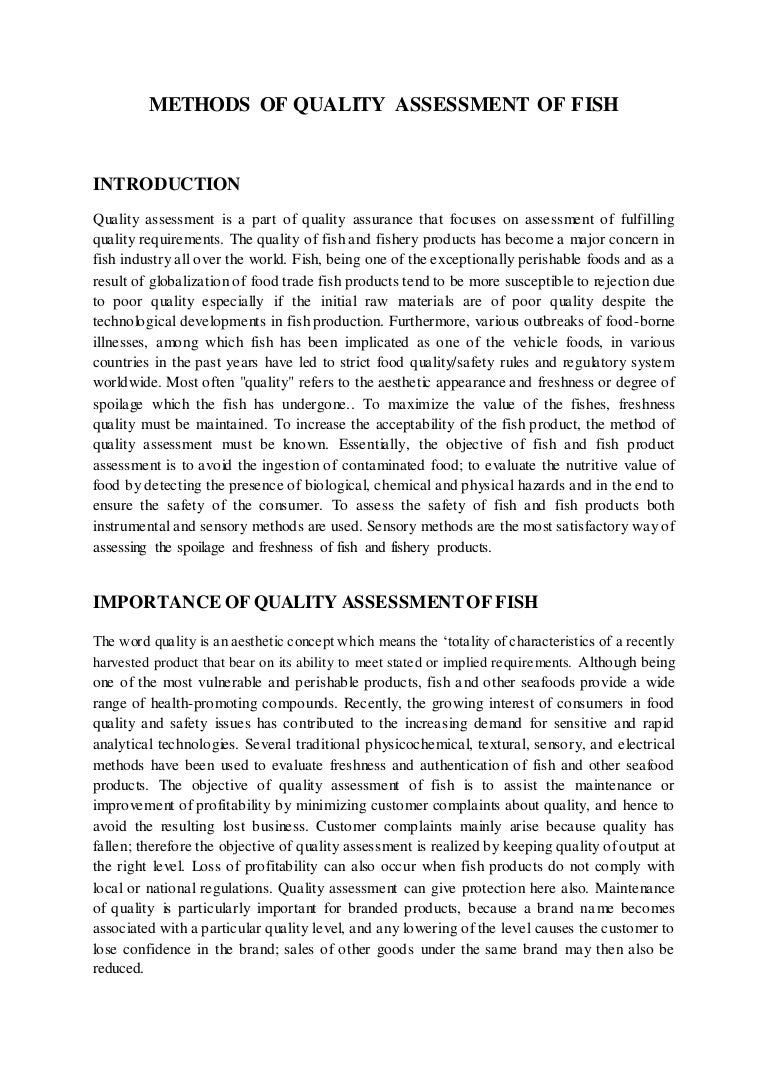
.png)
But, the purified recombinant protein used as a standard may not contain any carrier protein. For example, serum samples contain considerable background protein (e.g., albumin and immunoglobulins). Be aware that the best sample diluent will not necessarily be the same as the best standard diluent. Examination of food and dairy samples for a range of micro-organisms is performed in order to meet statutory requirements and food safety guidance, to complete surveillance on the microbiological quality of food products and to investigate complaints and outbreaks. If the level of analyte in the diluted sample is sufficient to be detected by the assay, this method will correct many recovery problems.īetter results for a sample matrix may be obtained by altering its pH (to match the optimized standard diluent) or by adding BSA or other purified protein as a carrier/stabilizer. investigation of food premises and for the purpose of official control. For example, if an undiluted serum sample produces poor spike and recovery, perhaps one that is diluted 1:1 in standard diluent will work better. If neat biological samples had been used, retest it upon dilution in standard diluent or other logical “sample diluent”. In some cases, a compromise may be necessary. If the standard diluent had previously been optimized for signal-to-noise performance, changing the diluent to match the sample matrix performance will result in decreased assay range, sensitivity or signal-to-noise ratio. For example, culture medium could be used as the standard diluent if the samples will be culture supernatants.

Use a standard diluent whose composition more closely matches the final sample matrix. Two kinds of adjustments can be made to re-optimize an ELISA when a spike-and-recovery experiment detects a discrepancy.


 0 kommentar(er)
0 kommentar(er)
